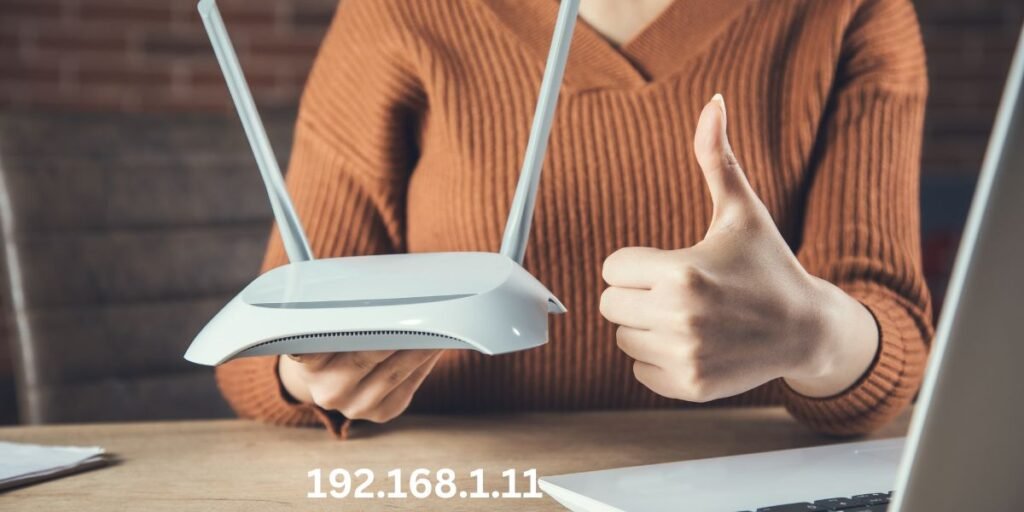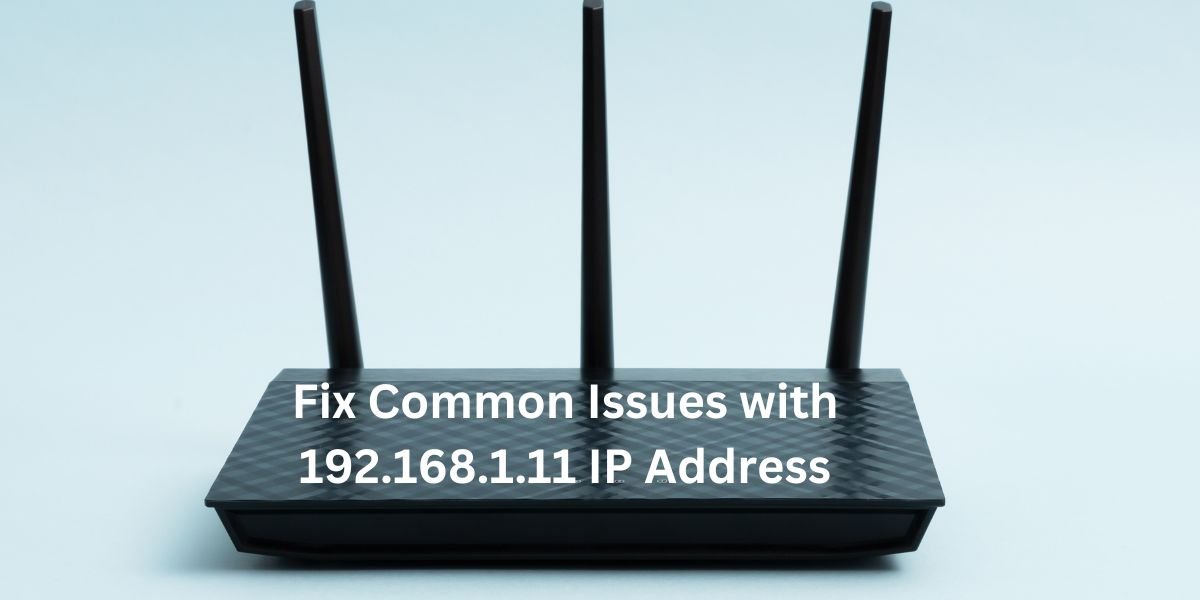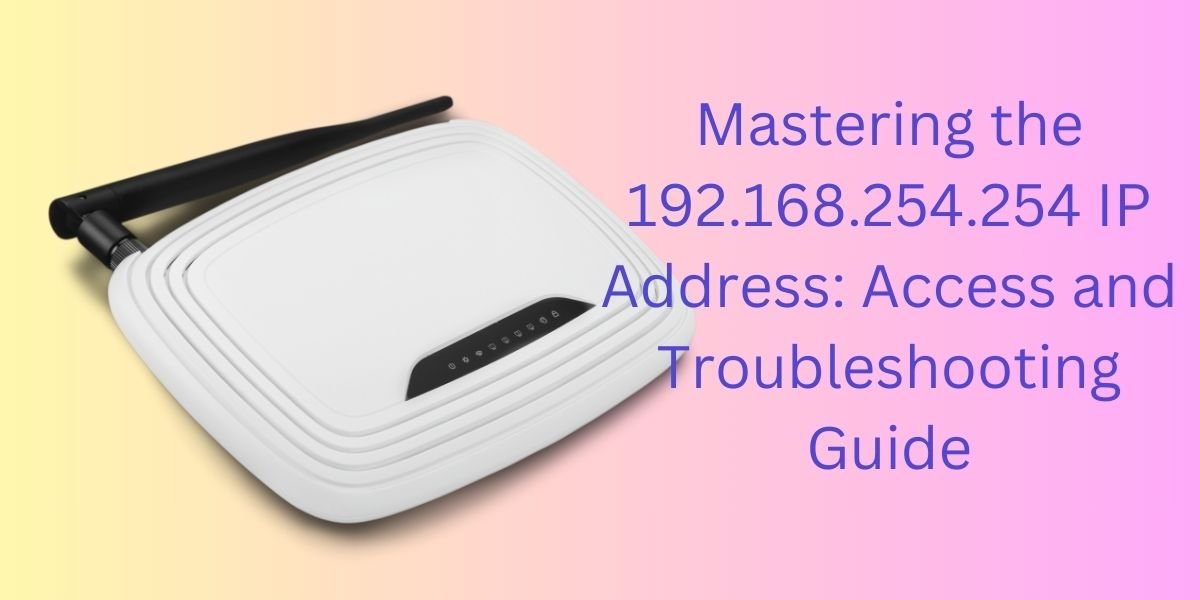The 192.168.1.11 IP address is a private IP address frequently deployed in home and office networks. It serves a crucial role in facilitating communication between devices, routers, and other network systems by enabling them to exchange data efficiently within the Local Area Network (LAN). However, users often experience a range of tech related issues related to this IP address, such as network latency, IP conflicts, and authentication failures. In this guide, we’ll cover the most common issues encountered with 192.168.1.11 and provide straightforward troubleshooting steps to resolve them.
The IP address 192.168.1.11 is a private IP address assigned to devices within a local network. It acts like a home address for devices, helping routers direct data accurately. Just like you wouldn’t want mail sent to the wrong address, incorrect network configurations can prevent your devices from “finding” each other on the network.
Understanding Private vs. Public IP Addresses
To understand why it is crucial, let’s explore the difference between private and public IP addresses. Public IPs allow devices to connect over the internet, while private IPs, like 192.168.1.11, are used within home or office networks to avoid interference with external systems.
Common Issues with 192.168.1.11
Various common problems occur with the 192.168.1.11 IP address:
- Inability to access the IP address: Users may be unable to access the login page for their router.
- Connectivity disruptions: Devices may lose their connection intermittently.
- Slow network speed: Network performance may be sluggish, causing delays.
Read Also: 45.76.33.4 | 10.16.100.244 | 10.139.8.225 | 192.168.100.100 | 172.16.50.7
How to Access 192.168.1.11
To access 192.168.1.11, open your browser and type http://192.168.1.11. This address should lead to the router’s admin page, where you can view and manage your network settings. However, if the login page fails to load, try restarting your router or checking if your device is connected to the same network.
Troubleshooting Connectivity Problems

Connectivity issues with the IP address can often stem from configuration problems or weak signal strength. Here’s how to troubleshoot:
- Check Physical Connections: Ensure your router is securely connected.
- Restart Devices: Sometimes, a simple reboot can restore connectivity.
- Check for IP Conflicts: Multiple devices using the same IP can cause conflicts.
Resolving Slow Connection Speeds
Slow internet on 192.168.1.11 is often due to network congestion. Here’s what you can do:
- Limit Connected Devices: Fewer devices on the network can reduce load.
- Reposition the Router: Move the router to a central, elevated location.
- Change Frequency: Switch from a 2.4 GHz to a 5 GHz band, if supported, for faster speeds.
What to Do if You Can’t Log in to 192.168.1.11
When login attempts fail, it can be frustrating. Here’s a checklist to get you back on track:
- Verify IP Entry: Double-check that you’ve entered the IP address correctly.
- Clear Cache: Sometimes, your browser’s cache can interfere with access.
- Reset the Router: If all else fails, reset the router to factory settings and try again.
Read Also: 127.0.0.1:57573 | 127.0.0.1:62893 | 127.0.0.1:49342 | 10.24.1.53
Fixing Router Configuration Issues
Misconfigured settings can prevent devices from connecting smoothly. To fix this:
- Access Admin Settings: Login this ip address and review network configurations.
- Disable Unnecessary Features: Turn off any unused functions that may be consuming bandwidth.
- Check DHCP Settings: Ensure Dynamic Host Configuration Protocol (DHCP) is enabled, allowing devices to obtain an IP address automatically.
Updating Router Firmware
Firmware updates can improve security and fix bugs. To update:
- Log in to your router using 192.168.1.11.
- Navigate to the Firmware Update section.
- Check for and install any available updates.
How to Change Your IP Address from 192.168.1.11
If you need to change the IP address from 192.168.1.11, follow these steps:
- Access Router Settings via 192.168.1.11.
- Locate the IP Settings section.
- Enter a new IP address, ensuring it’s within the same range (e.g., 192.168.1.X).
Protecting Your Network
To keep your network safe:
- Enable WPA3 Security: This encryption standard is stronger than WPA2.
- Use a Strong Password: Avoid simple or common passwords.
- Disable Remote Access: Only allow access from devices on your network.
Tips for Stable Network Performance
For a smoother network experience:
- Perform Regular Router Maintenance: Restart your router occasionally.
- Limit Bandwidth-Intensive Activities: Streaming or gaming can consume significant bandwidth.
- Use Quality of Service (QoS): QoS settings help prioritize essential network activities.
Conclusion
Managing and troubleshooting the 192.168.1.11 IP address doesn’t have to be complicated. By following these steps, you can resolve common issues and improve your network’s performance. Remember to regularly update your router and secure your network to prevent unauthorized access.
FAQs
1. Why can’t I access 192.168.1.11?
This can happen due to misconfiguration, browser issues, or network connectivity problems. Try restarting your router and clearing your browser’s cache.
2. What is the default username and password for 192.168.1.11?
Most routers use “admin” for both username and password, but it’s best to check your router’s manual.
3. Can I use any device to log in to 192.168.1.11?
Yes, as long as the device is connected to the same local network.
4. How do I fix a slow connection with 192.168.1.11?
Limit devices, change frequency bands, and reposition the router for better signal strength.
5. What if resetting doesn’t solve my IP address issues?
Consider contacting your ISP or checking if your router needs a firmware update.










